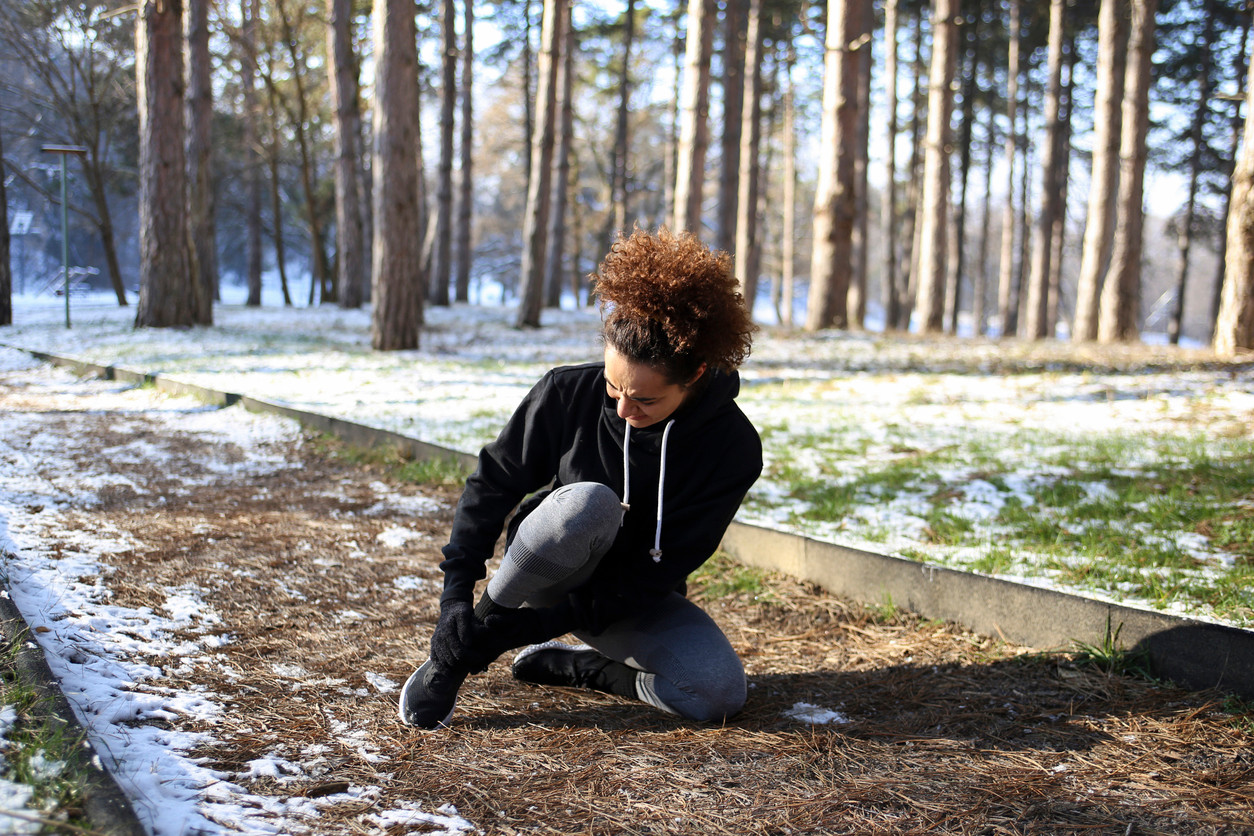Ankle Bursitis Pain: What It Is and How to Treat It
Ankle bursitis can cause pain that impacts your daily movements, but these tips and exercises can relieve the discomfort and help prevent it in the future.
$0 cost to you
Published Date: Jul 22, 2024
Table of Contents
Fully covered foot or ankle pain relief
Find relief from foot pain, ankle pain, plantar fasciitis, & more.
Check if I'm eligibleExercises to Relieve Ankle Bursitis Pain
Want expert care? Check if you're covered for our free program →- Toe Presses
- Ankle Pumps
- Isometric Ankle Inversion
- Floor Calf Stretch
- Reverse Lunge
